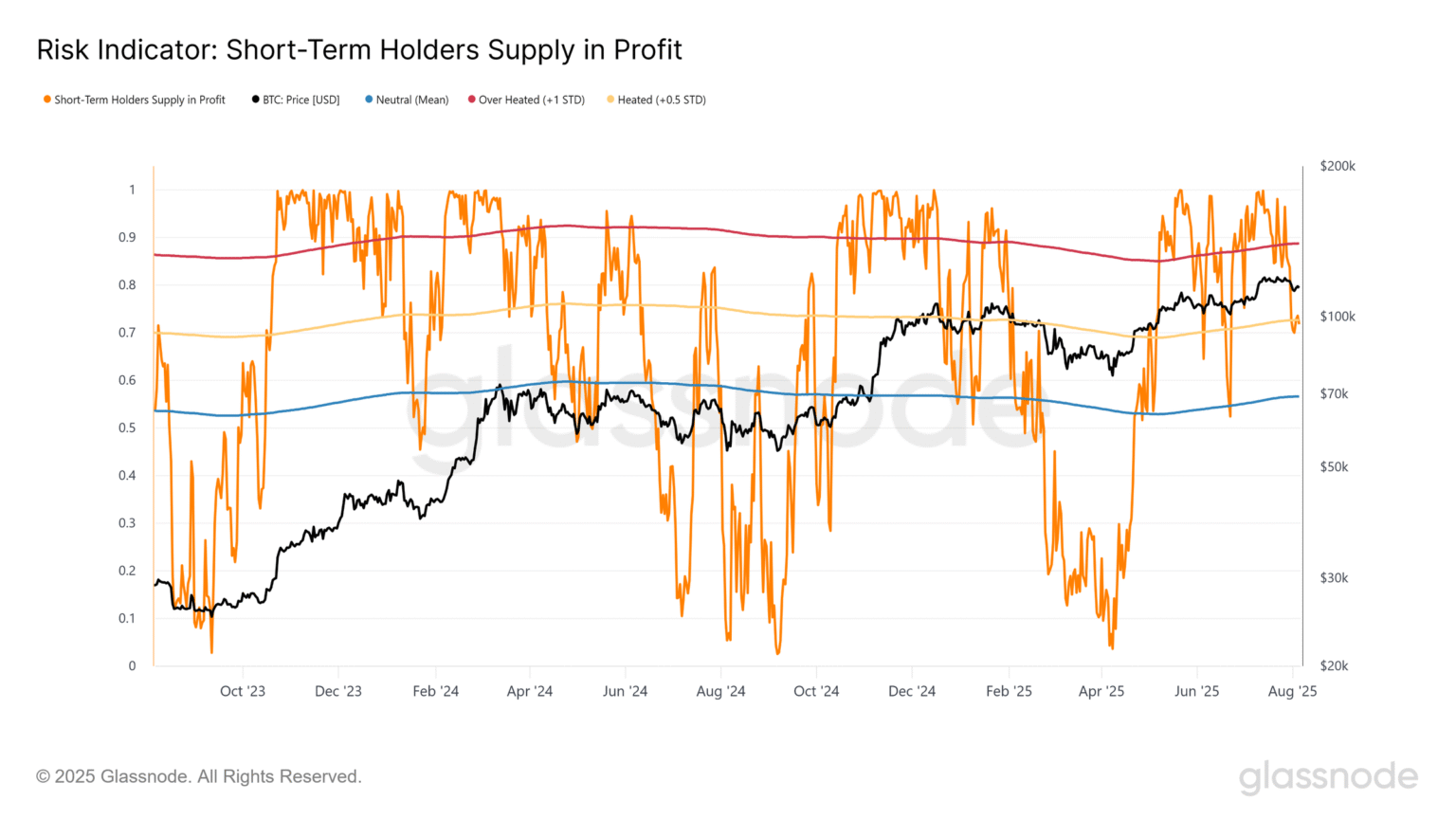Bitcoin’s Recent Pullback: An Analysis of Market Trends and Future Implications
Bitcoin, the leading cryptocurrency, has recently faced a significant market pullback, dropping below the $116,000 mark and entering a previously untraded "air-gap" zone. Current on-chain data reveals speculations surrounding reduced leverage, declining short-term holder profitability, and notable ETF outflows—the largest since April. This article delves into the recent dynamics affecting Bitcoin’s market performance and explores what investors can anticipate in the upcoming weeks.
Recent Market Trends: The Price Pullback
After reaching an impressive peak near $123,000 in mid-July, Bitcoin’s price has taken a sharp decline, settling around $112,000 as of July 31. This dip marked a decisive breach below a critical support cluster at $116,000. During this downturn, approximately 120,000 BTC exchanged hands, indicating some opportunistic buying amid the price drop. However, despite these transactions, Bitcoin has struggled to reclaim its previously established support level, putting market sentiment on edge.
The Struggles of Short-Term Holders
Short-term holders, defined as those who have held Bitcoin for one to three weeks, are currently experiencing pressures due to the recent market slump. The average cost basis of these holders stands at roughly $116,900, which now acts as a near-term resistance level. Notably, the percentage of short-term holders in profit has decreased from 100% to 70%, illustrating the discomfort within this segment of investors. Glassnode analysts refer to this phenomenon as a common issue during mid-market cycles, although they caution that a deeper sell-off could significantly impact investor confidence in the near term.
ETF Outflows: A Cooling Demand
Investor interest in Bitcoin spot ETFs appears to have waned, illustrated by a four-day streak of withdrawals and marking the most substantial sell pressure from Wall Street in three months. Specifically, U.S. spot Bitcoin ETFs experienced an outflow of 1,500 BTC on August 5, the sharpest single-day withdrawal since April. However, the trend did see a brief reversal, with $91.5 million re-entering the market through funds managed by institutions like BlackRock, Bitwise, and Grayscale. Analysts are closely monitoring this situation to determine whether these outflows will persist or if the trend reflects typical temporary fluctuations.
Decreasing Leverage Amid Market Indecision
Amid these market trends, the leverage utilized by traders has begun to deflate. Current funding rates on perpetual swaps are hovering below 0.10%, indicating that traders are reluctant to pay premiums for new leveraged longs. Additionally, the 30-day skew on trading platform Derive.xyz has turned negative, signaling an increased demand for downside protection. Overall, these factors contribute to a landscape of decreased activity and a notable lack of decisive market moves.
The Current Market Structure: Contextual Analysis
In summary, Bitcoin’s current market data showcases a phase of “post-ATH indecisiveness,” characterized by uncertain trends. Currently, there is no clear capitulation event, nor is there evidence of a confident rebound. Instead, the market is witnessing cooling leverage, fluctuating ETF flows, and only minor attempts at opportunistic buying. While Glassnode describes this structure as typical for a bull-market correction, they advise that sustained weakness beneath the $116,000 level could erode confidence among short-term holders, possibly leading to a test of the $110,000 mark.
Looking Ahead: Implications for Investors
As of now, Bitcoin’s price remains relatively stable, trading around $114,900. The key takeaway for investors is the importance of monitoring critical support levels, as decisive movements above or below the $116,000 threshold could signal the next trend leg in Bitcoin’s trajectory. With market sentiment fluctuating and short-term holders facing challenges, the coming weeks will likely be pivotal in determining Bitcoin’s future direction. Keeping an eye on market indicators, leverage levels, and institutional interest will be crucial for those looking to navigate this evolving cryptocurrency landscape successfully.
In conclusion, while Bitcoin’s pullback presents challenges, it also offers potential opportunities. The current market conditions necessitate a cautious but informed approach as investors prepare for possible future trends.


